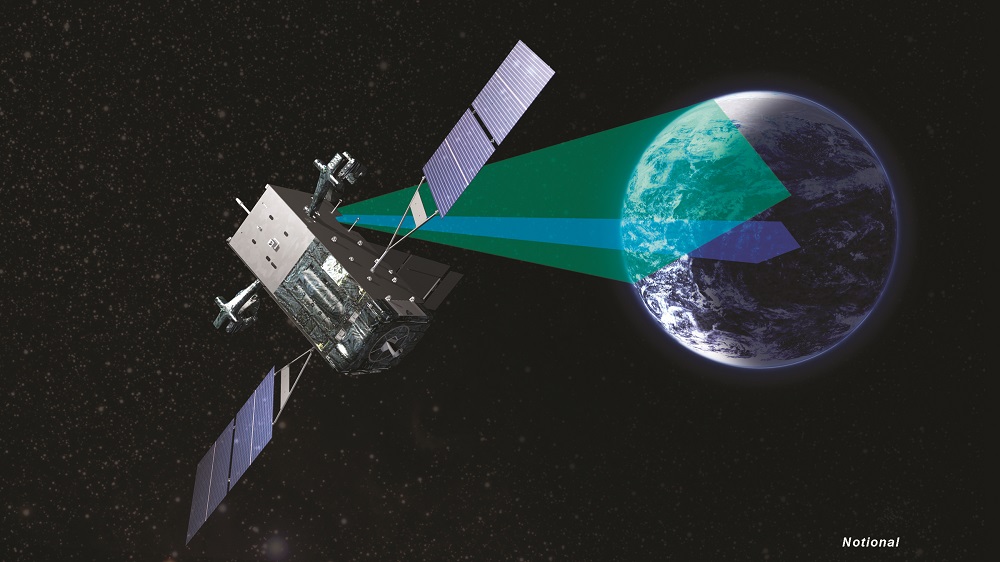The contract announced May 18 is for two Next-Generation Overhead Persistent Infrared missile warning satellites to be deployed in polar orbits.
WASHINGTON — Northrop Grumman received a $2.37 billion contract to develop two satellites that will be part of a future constellation that provides the U.S. military early warning of incoming missiles.
The contract announced May 18 is for two Next-Generation Overhead Persistent Infrared missile warning satellites to be deployed in polar orbits.
Two years ago the Air Force selected Northrop Grumman and Lockheed Martin as the prime contractors for the program known as Next-Gen OPIR. Lockheed Martin has received more than $3 billion in sole-source contracts to develop and produce three geosynchronous orbit satellites. Northrop Grumman got a $47 million contract in August 2018 to begin designing the polar satellites. This latest award funds the development of two satellites and early procurement of hardware. Another contract for production and integration will follow in 2022.
Will Roper, assistant secretary of the Air Force for acquisition, technology and logistics, said the contract award to Northrop Grumman was accelerated in an effort to inject cashflow into the defense industrial base.
The Air Force requires Northrop Grumman and Lockheed Martin to competitively outsource the development and production of the Next-Gen OPIR satellite sensors in order to diversify the supplier base. The companies selected Raytheon and a Northrop Grumman-Ball Aerospace team to compete for the sensor work.
The U.S. Space Force’s Space and Missile Systems Center said the goal is to start launching Next-Gen OPIR geosynchronous satellites in 2025 and polar satellites in 2027, and to deploy all five satellites by 2029. The constellation is intended to provide initial warning of a ballistic or tactical missile attack on the United States, U.S. deployed forces and allies. It will supplement the existing Space Based Infrared System satellites made by Lockheed Martin.
The U.S. military’s current satellites have been criticized by senior military leaders like Gen. John Hyten — who is currently the vice chairman of the Joint Chief of Staff and previously was commander of U.S. Strategic Command — for being too expensive and easy targets for enemy anti-satellite weapons. That led the Air Force to accelerate the development of the new constellation.
Air Force officials said the Next-gen OPIR spacecraft have more powerful sensors and other features that make them more resilient to attacks than current satellites.
The constellation now being developed by Northrop Grumman and Lockheed Martin is for Block 0 of the Next-Gen OPIR program. A future Block 1 system is planned in the future and will be open to competitive bids, the Air Force said.
